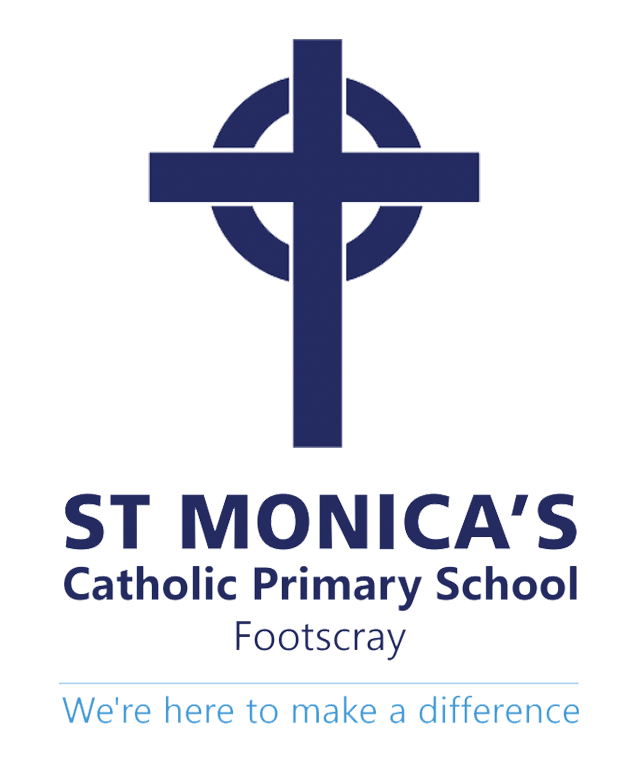The Catholic Identity of St Monica’s Footscray defines who we are and what we value as a school community. Visible signs of our Catholic faith can be found around our school, from our sacred prayer spaces for prayer, Mary MacKillop Room, mindfulness and contemplation, to our Religious Education display in our school entrance which features expressions of the children’s own faith.
As we continue to search what it means to be Catholic in today’s world, we are constantly re-contextualising our faith so that it is relevant and valued in a contemporary society. Whilst we promote our Catholic Faith, we are also very aware of the many faiths around the world. We encourage our students to investigate the similarities between our own faith and the faith of others. We believe that our Catholic faith can be enriched when we open ourselves to the stories of others. We also believe that the foundation of all Catholic Social Teaching is the inherent dignity of the human person, as created in the image and likeness of God.
CST - Human Dignity from Caritas Australia on Vimeo.
Social Justice
‘Never tire of working for a more just world, marked by greater solidarity’
As a Catholic school, we believe it is a necessary response to the Gospel call of Jesus to build a more just and fair world through acts of kindness, compassion and generosity.
Consequently, our Religious Education program places a strong emphasis on Social Justice; the belief that all people have a right to live with dignity and an equal share of the world’s resources.
Each topic taught in the Religious Education program has a Social Justice component. From Foundation to Year 6, students are inspired to “take action” in either a local or global context.
One of the key resources in the education of students in Social Justice is the Caritas Australia website. Through this website, students are introduced to the Sustainable Development Goals, the principles of Catholic Social Teaching and Project Compassion, which is an annual campaign to raise awareness and money to end poverty.
